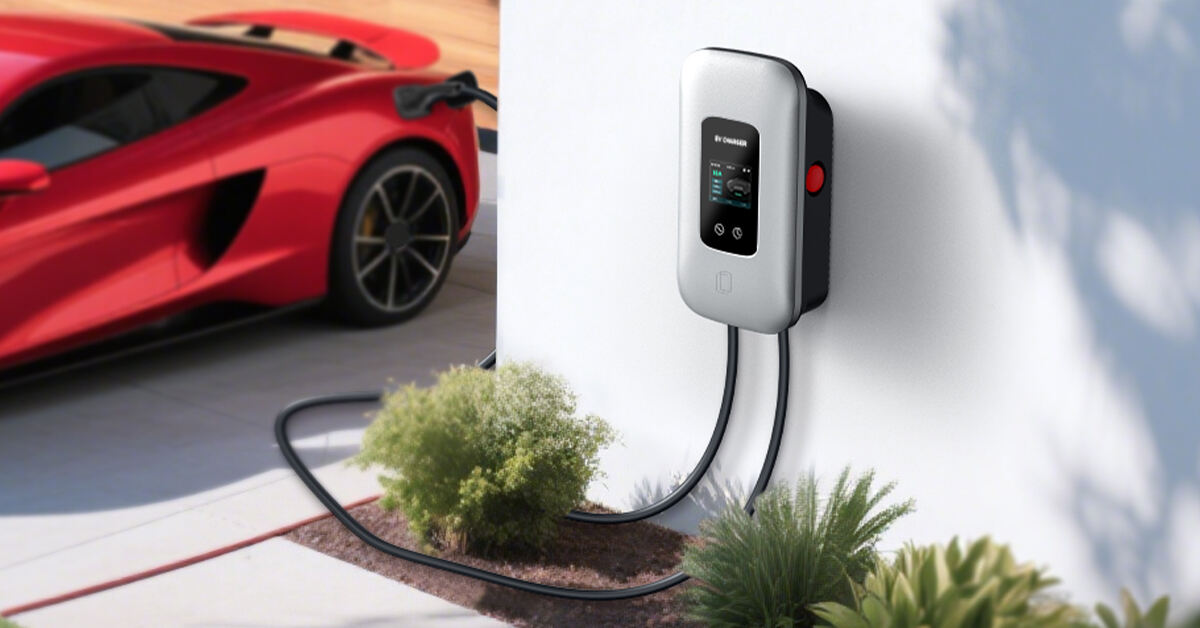Picking the right EV charger for your house can make day-to-day driving smoother and save time at the plug. As more drivers switch to electric cars, knowing the charger choices, features, and how each fits your routine has become a must. This short guide walks you through the main points to weigh so you can pick the charger that really works for you.
Understanding EV Charger Types
Home chargers fall into three main classes: Level 1, Level 2, and DC fast chargers. A Level 1 plug uses a regular 120-volt outlet and adds roughly 4-5 miles of range every hour, great for charging overnight. A Level 2 unit runs on 240 volts and can feed in 10 to 60 miles of range hourly, making it the go-to for most daily drivers. DC fast chargers are rare at home because they cost a lot and need heavy power, yet they can push an EV to 80% in around half an hour.
Assessing Charging Speed
When you pick an EV charger, first think about how fast you really need to refill your battery. If most of your trips are short and you can plug in overnight, a simple Level 1 outlet will do just fine. Yet for busy commuters or homes with two or three electric cars, upgrading to a Level 2 unit cuts wait time and adds real comfort. So take a quick look at your driving routine and the hours you spend at home, then match that pattern with the charging speed that fits.
Evaluating Installation Requirements
Before you buy a charger, look into the nuts and bolts of putting it in. A Level 1 kit plugs into a regular wall socket and needs almost no setup. A Level 2 unit, however, often calls for its own circuit and a pro electrician to wire it safely. That means checking your houses electrical panel, talking with a licensed sparky, and making sure the system can take the extra load. Then think about where the charger lives; it should sit close to your parking spot so you dont wrestle with cords every time you plug in.
Considering Smart Features
Many modern electric-car chargers now come loaded with handy smart features that make charging easier and less stressful. Common functions include Wi-Fi, control from a mobile app, scheduled charging, and real-time energy monitoring. With a smart charger, you can watch each session, charge when rates are lowest, and even tie the unit to your homes energy system. Over time, these extras can save money and give you clear control of how and when your vehicle gets power.
Budgeting for Your EV Charger
Up-front pricing for chargers varies depending on type, brand, and extra features you choose. Level 1 kits are usually the least expensive, while Level 2 models run roughly 500 to500to1,500 before installation. Be sure to check for local rebates or tax credits that reward new EV infrastructure; they can trim your out-of-pocket cost. Finally, set aside funds for professional installation and any electrical upgrades your garage or panel may need.
Industry Trends and Future Outlook
Electric vehicles (EVs) are selling like hotcakes, and that boom is pushing the need for better charging stations you can plug into at home or on the go. Right now, experts see three clear trends: chargers that fill up batteries way faster, systems that grab power straight from the sun or wind, and smart tech that talks to your car and phone. If you own a house, get ready for gadgets that make topping off your EV as casual as parking your smartphone at night. Pick the right charger and youll speed up every trip, save cash in the long run, and do your part for a cleaner planet.

